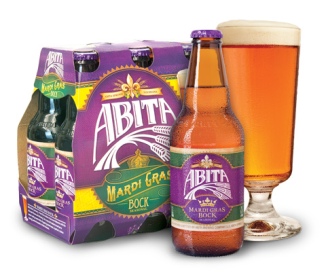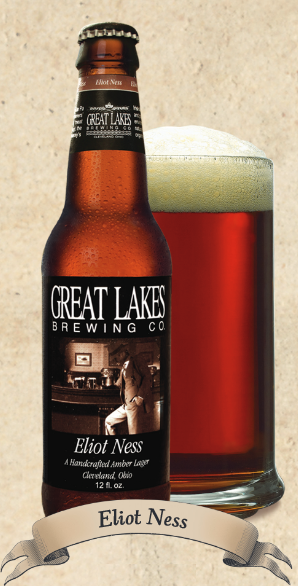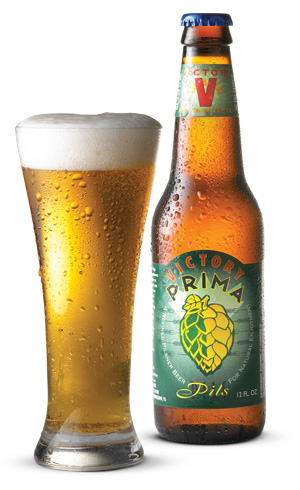 …OR MAYBE THIS beer is why Abita doesn’t call Andygator a Maibock, since they already seem to have one in Mardi Gras. The two beers do share plenty: roughly amber color, comparable pale grain base, a malty center, and 25 IBUs derived from balanced additions of Perle hops. There are also some appreciable differences: Mardi Gras is ‘only’ 6.5% ABV compared to Andygator’s 8%+ and also features more crystal malts to deepen its color, push their kilned grain flavors forward in the profile, and boost the body to middling. While fuller than the nearly-dry Andygator, Mardi Gras is not especially robust; a 12 oz bottle still contains only 80% of Andygator’s calories (an approximate gravity stand-in, lacking Plato figures).
…OR MAYBE THIS beer is why Abita doesn’t call Andygator a Maibock, since they already seem to have one in Mardi Gras. The two beers do share plenty: roughly amber color, comparable pale grain base, a malty center, and 25 IBUs derived from balanced additions of Perle hops. There are also some appreciable differences: Mardi Gras is ‘only’ 6.5% ABV compared to Andygator’s 8%+ and also features more crystal malts to deepen its color, push their kilned grain flavors forward in the profile, and boost the body to middling. While fuller than the nearly-dry Andygator, Mardi Gras is not especially robust; a 12 oz bottle still contains only 80% of Andygator’s calories (an approximate gravity stand-in, lacking Plato figures).
As those malts come forward so do the hops sit back a little, too—still noble for their lower bitterness and slightly spicy bouquet, but more generically leafy than crisp and overall less prominent in the finish. They remain substantial enough to balance the creamy caramel flavors of the midpalate, though, and strike the right balance against moderate carbonation levels. Alcohol is faintly present in the finish, which is a little sticky though none too long. Mardi Gras is altogether rather tame compared to its off-kilter larger cousin, to say nothing of the holiday it’s named after. Yet it’s composed with enough balance to be pleasant drinking and just sturdy enough to keep up with milder gumbos.
Served: 12 oz bottle
Rating: 81









